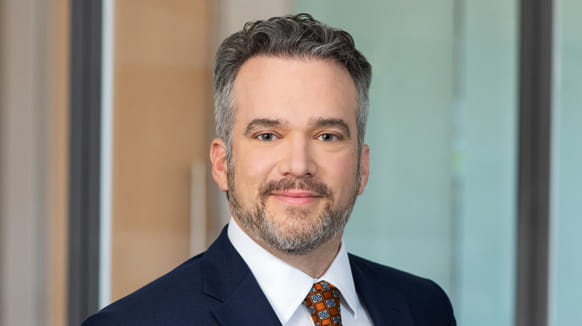Haynes Boone Associates Reese Letourneau, Storm Lineberger and Andrew Van Osselaer authored an article for Bloomberg Law describing how tailored insurance is key to managing environmental risks in M&A deals, especially for PFAS.
Read an excerpt below.
Environmental contamination is a perennial concern in transactions involving real estate, one that has only worsened in recent years due to fears surrounding per- and polyfluoroalkyl substances, or PFAS. Fortunately, insurance presents a means to remove environmental risks as deal-closing roadblocks.
However, to leverage insurance successfully—either by relying on existing insurance policies or by procuring new ones—it’s important to understand the complex coverage issues that arise with respect to environmental liabilities. Such an understanding, in turn, is often further complicated by the ever-changing legal landscape of pollution-risk coverage. Nevertheless, the potential benefits gained at the negotiating table by eliminating or reducing concerns about environmental contamination often make this necessary due diligence worth the effort.
Available Coverage
Prior to the late 1960s, companies relied heavily on general liability policies to protect against third-party liability arising from environmental risks. That’s because general liability policies were interpreted to provide coverage for a wide range of harms, including those caused by pollution.
By the early 1970s, however, the insurance market was changing. The establishment of the US Environmental Protection Agency coincided with a surge of environmental claims that caused insurers to rethink pollution coverage under their general liability policies.
Insurers responded by tightening general liability coverage through the inclusion of pollution exclusions. This began with the inclusion of the so-called “qualified” pollution exclusion, which allowed coverage for pollutant releases that were “sudden and accidental,” such as storage tank ruptures, but excluded releases that were more gradual in nature (subject to certain exceptions and idiosyncrasies in applicable law).
By the mid-1980s, most general liability policies included “absolute” pollution exclusions, which bar coverage for damage caused by the release of pollutants regardless of whether the release was “sudden and accidental.”
Further adding to the variation in pollution coverage, jurisdictions haven’t uniformly given pollution exclusions the same scope of effect. For example, in certain jurisdictions, pollution exclusions have only been applied to “traditional” instances of pollution, such as a release from a facility.
Other jurisdictions have applied them more broadly, including excluding claims involving exposure to harmful substances in products, including those that contain PFAS, such as personal protective equipment, food packaging, and fire-fighting foam.
These two overarching schools of thought regarding the pollution exclusion are comprised of countless variations on a state-by-state and even court-by-court level.
It should be no surprise, then, that the pollution exclusion remains one of the most litigated issues for environmental coverage, and the outcome often turns on which state’s law applies to the insurance policy.
Pollution Legal Liability
To fill the gap left by pollution exclusions in general liability policies, insurers developed Pollution Legal Liability insurance (and for contractor operations, Contractors Pollution Liability insurance). These standalone policies offer customized coverage for a range of environmental exposures that would generally fall outside modern general liability coverage.
To read the full article from Bloomberg Law, click here.


